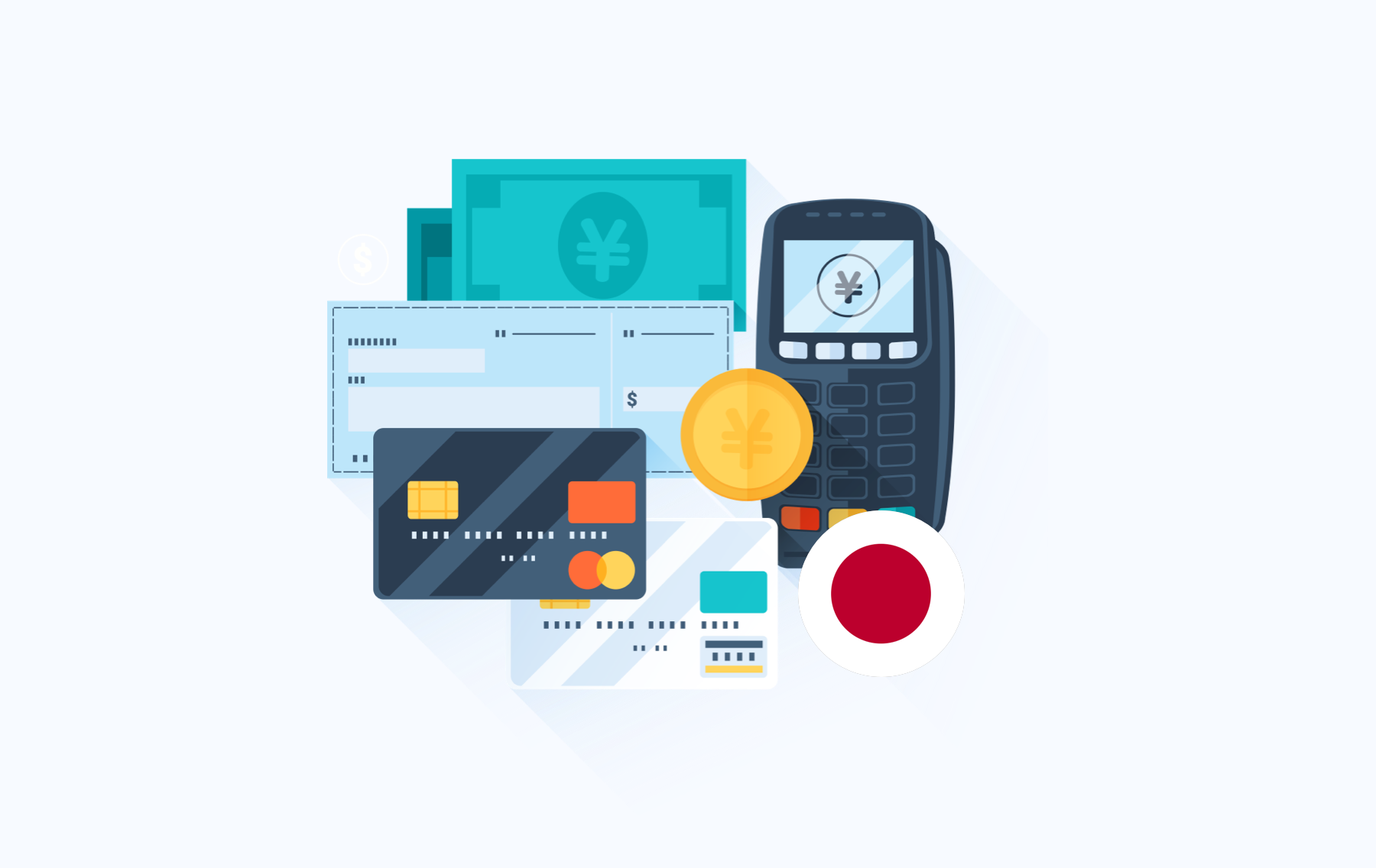Being the mecca of technological innovation, Japan has given us hundreds of inventions; bullet trains, QR codes, cassette players, blue LED, and many others. With its densely populated nation of almost 130 million citizens, the Japanese market is a tremendous platform open to various opportunities. But the curious case is that Japan has one of the lowest cross-border shopping rates which is attributed to cultural differences in online shopping experiences.
What makes it so conservative when it comes to international payments? Or in other words, how to integrate into this thriving market? The key is to be closely acquainted with payment methods and practices in Japan.
The Overview of User Behaviour Japan
The online expectations of Japanese consumers are generally higher compared to the European Market. According to the aspect of functional and hassle-free online payments, the Japanese are pretty conservative.
99% of Japan’s population only speaks Japanese, which is a significant requirement for merchants who are considering expanding their business in Japan. The eCommerce page layout must be optimized for the Japanese language, and the Japanese Yen must be placed as a payment currency.
Japanese are mostly inclined to use liquid currency. Japanese rate of utilising credit card payment method is only at 14% whilst French have already dematerialised 59% of their any kind of payments.
It is another thing going beyond the ordinary fact that the Japanese population has smartphone penetration compared to other developed nations at 55%. Adding this data to the high usage of desktops due to the high ageing population, it can be a wise decision to design web pages compatible with desktops rather than smartphones.
When it comes to B2C, Japan’s mobile commerce is 24.4% of all B2C commerce. Obviously, this is also correlated to the low percentage of mobile utilization.
What are the Top Payment Methods in Japan?
According to age, gender, economic status, and lifestyle, the most popular payment methods in Japan may vary. Here, we have listed Japan’s preferred payment methods for you below.
-
Credit Cards
Just like its Western counterparts, credit cards are widely used in Japan. Being a reflection of the age demographic in the country, Japanese online shoppers over the age of 40 are more likely to purchase via credit cards. Popular credit cards are Visa, MasterCard, and JCB (Japan Credit Bureau), which is a Japan-based payment brand boasting more than 80 million users in more than 200 countries around the globe.
Another Japan-originated bank and credit card company is a well-known internet company, Rakuten’s “Rakuten Bank.” Rakuten Bank also has its own cryptocurrency, the “Rakuten Super Point.” The Rakuten Bank offers its customers a plethora of advantages, including cashback on holidays, flight miles, reasonable instalments, and a “Pay with crypto” option.
-
Digital Wallets in Japan
Japan is apt to go digitized, just like all countries worldwide. Therefore, mobile wallets come to mind to ease billions of dollars in transactions in the first place. Leading digital wallets in Japan are PayPal, PayPay, Apple Pay, Rakuten, LinePay, and others whereas QR code payment systems via online wallets are catching on recently.
Considering the invincible convenience of both online and cashless on-the-counter payments via -wallets, plus being caught flat-footed by COVID-19, it would not be a misestimation to say that these functional ways of payments will reach their peak future and permanently take their place in pie charts after liquid and credit cards in Japan.
-
The “Konbinis”
Konbinis are Japanese-style post-purchase proximity payments which enable consumers to make final redemptions through Konbini stores, post offices, ATMs, and Bank Transfers. The process is simple, and what’s more, there are over 56,000 convenience stores scattered throughout the country.
It is possible to shop, pay bills, buy public transportation tickets, theatre and concerts. Konbini users can pay by showing their ID in a Konbini payment terminal within six days after the transaction. The method is mostly utilised by senior citizens and youngsters who are underage to create a bank account.
-
IC Cards (Suica, Pasmo)
IC cards like Suica and Pasmo have transcended their role in public transportation to become versatile payment tools. These rechargeable smart cards facilitate seamless transactions at vending machines, convenience stores, and select eateries, offering unmatched convenience for locals and travelers alike.
-
Cryptocurrency Payment Methods in Japan
Japan’s society adores cryptocurrency and trading them has become one of the most popular endeavors, especially among the rising generation.
In addition to the familiarity of financial regulators with blockchain technology and NFTs, it is not surprising to see Japan leapfrogging and going straight to blockchains. Yet already, various e-commerce sites allocate cryptocurrency payment gateways in Japan.
Embracing Tradition and Innovation in Japan
As Japan continues to embrace both tradition and innovation, its payment landscape will evolve, welcoming more diverse and accessible methods. Whether paying with cash at a local market or scanning a QR code for a discounted purchase, each transaction in Japan reflects the rich tapestry of its cultural heritage and technological prowess.
Introducing Jeton Wallet: Your Gateway to Seamless Payments in Japan
Amidst Japan’s dynamic payment landscape, Jeton Wallet stands out as a secure and convenient option for online transactions. With its user-friendly interface and robust security features, Jeton Wallet offers Japanese consumers a hassle free way to make payments, whether they’re shopping online or transferring funds to friends and family.
With support for multiple fiat currencies, including the Japanese Yen, Jeton Wallet ensures seamless transactions for users in Japan and beyond. Experience the convenience of Jeton Wallet today and embark on a journey of effortless payments in the Land of the Rising Sun.




